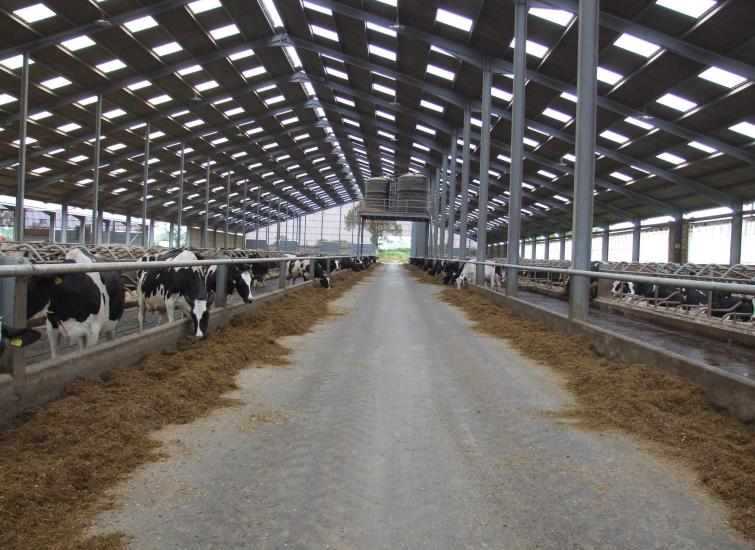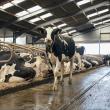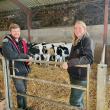Have your dairy cows seen the light?
It’s estimated that increasing light from less than 12 hours/day to 16 – 18 hours/day increases milk production by 7% - 10%.

Cow comfort and ultimately cow health has a significant impact on milk production, so ensuring the right level and quantity of light is really important for the dairy cow and has been proven to increase milk production.
Much like ourselves, the dairy cow is sensitive to her day and night rhythm and getting enough time in the dark as well as the light is just as important. As the light hits the cow’s eye it signals the body to produce less melatonin and more is produced when it is dark. It’s this internal clock that affects other hormones linked to milk production.
Milk yield responds to an increased photoperiod (daylight hours) in about two - four weeks. The response is gradual, but consistent and repeatable. In general, studies show that increases in milk production can range from 5%-16%, but are most consistently in the 8%-10% range. An increase of around £189 - £270 per cow is possible, so, it’s worth investing the time to make sure that you have an appropriate level and timing of lights throughout the day.
In addition to this, its worth noting some variance for your dry cows. Cows that receive only 8 hours of light per day during the dry period produce 3 litres more milk per day during their first 120 DIM than cows that received 16 hours of light per day during the dry period.
A common misconception is that cows require a low level of illumination (night light) in order to find feed and water during darkness. This is not true, as cows can find their way around in the dark. However, some light may be necessary for management purposes. Dim red lights don't appear to affect the cow's perception of darkness.
Fertility, can also be affected by light duration and intensity. If sheds are kept too dark this can lead to problems within the herd with fertility as low light levels and too short light duration don’t simulate the brain to start the animal cycling.
So, how do you make sure you are getting it right and maximising milk production?
The first task would be to assess how much light you have in the building already, we offer a free light assessment, which, by measuring the intensity and duration will highlight what is required to maximise productivity for your herd.
If you would like a study to be undertaken, please get in touch with your local Ruminant Nutritionist. Alternatively, call the office on 015242 63139 or email office@arn-ltd.com
〈 BACK














